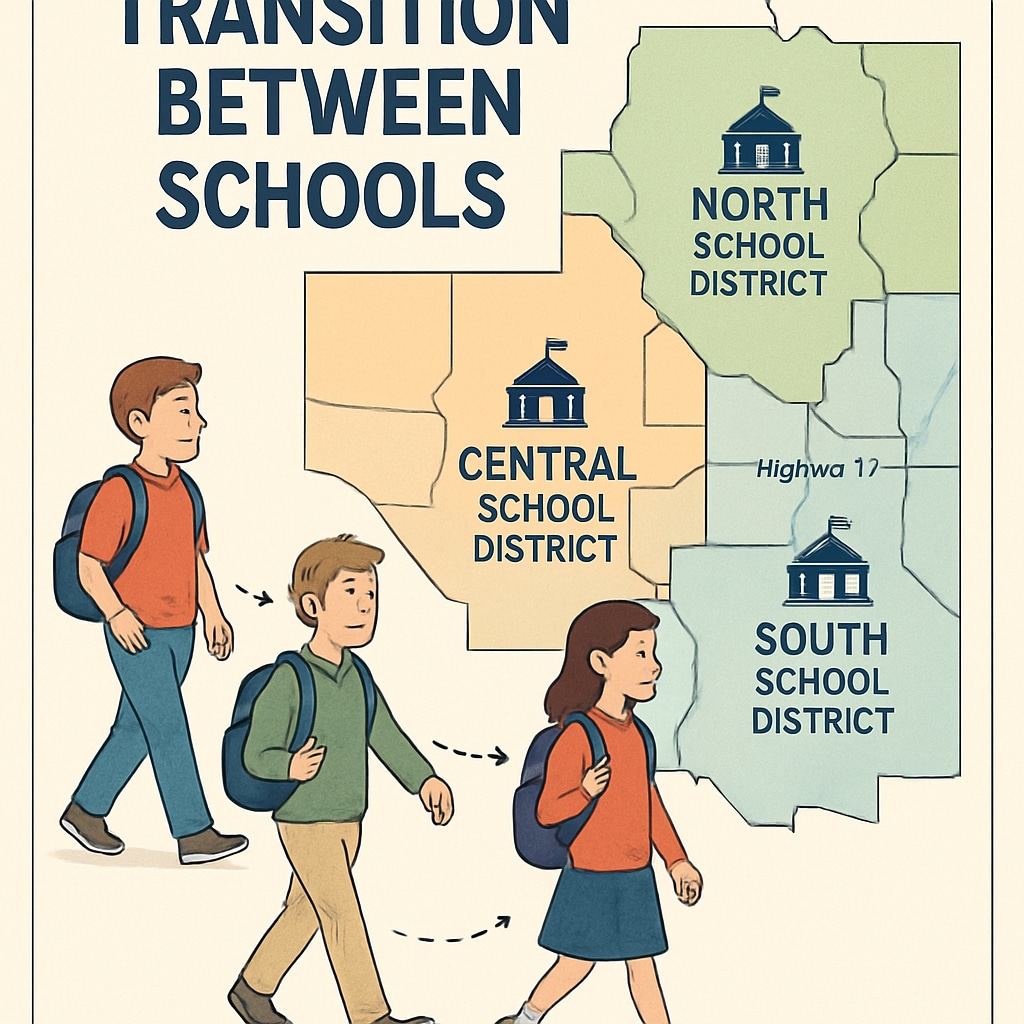In the K-12 education system, improper communication between school districts can significantly hinder students’ rights to transfer schools. This issue becomes particularly critical for students facing discrimination and seeking alternatives through “school choice” programs. The lack of transparent, equitable communication not only limits access to better educational opportunities but also raises concerns about fairness and inclusivity across districts.

Challenges in Inter-District Transfers
Inter-district transfers are often complicated by bureaucratic obstacles and unclear protocols. For example, some school districts may intentionally delay paperwork or fail to provide accurate information regarding transfer processes. These tactics disproportionately affect students who rely on “school choice” options to escape environments of discrimination or inadequate resources. As a result, families are left navigating a maze of inconsistencies and roadblocks that undermine their ability to make informed decisions.
Additional challenges include:
- Misaligned policies between districts that create confusion for families.
- Lack of cooperation or intentional friction between neighboring districts.
- Discriminatory practices, subtle or overt, that target marginalized communities.
According to a Wikipedia article on school choice, these programs aim to provide educational freedom, yet they are often undercut by barriers that disproportionately impact underserved populations.
Legal and Ethical Implications
The improper handling of school transfer requests raises significant legal and ethical questions. Denying or delaying a student’s right to transfer based on discriminatory practices violates federal laws and undermines the purpose of programs designed to ensure equal educational opportunities. Ethical concerns also arise when districts prioritize their financial or reputational interests over students’ well-being.
For example, a Britannica entry on equal opportunity highlights the importance of fairness in public services, including education. When districts fail to uphold these principles, the consequences ripple across communities, exacerbating inequities and limiting access to quality education.

Solutions for Fair and Transparent Transfers
To address these issues, several strategies can be implemented to ensure fair and transparent transfer processes:
- Standardized Policies: Establish clear, uniform procedures for inter-district transfers to minimize confusion.
- Improved Accountability: Monitor district communication and hold officials accountable for delays or discriminatory practices.
- Family Advocacy: Provide resources and support systems for families navigating complex transfer processes.
- Legislative Action: Enforce stronger legal frameworks to protect students’ rights during transfers.
By prioritizing collaboration and equity, school districts can better serve their communities and ensure that all students have access to the educational opportunities they deserve.
Final Thoughts: Protecting Student Rights
The barriers created by improper communication between school districts not only hinder the transfer process but also perpetuate systemic inequities. Addressing these challenges requires a collective effort from policymakers, educators, and families to ensure transparency, inclusivity, and fairness in school transfers. By recognizing the importance of “school choice” and advocating for equitable practices, we can pave the way for a more just and effective educational system.
Readability guidance: This article uses short paragraphs, active voice, and clear transitions to improve accessibility. Lists and concise explanations are provided to enhance comprehension, ensuring that complex topics are broken down effectively.


